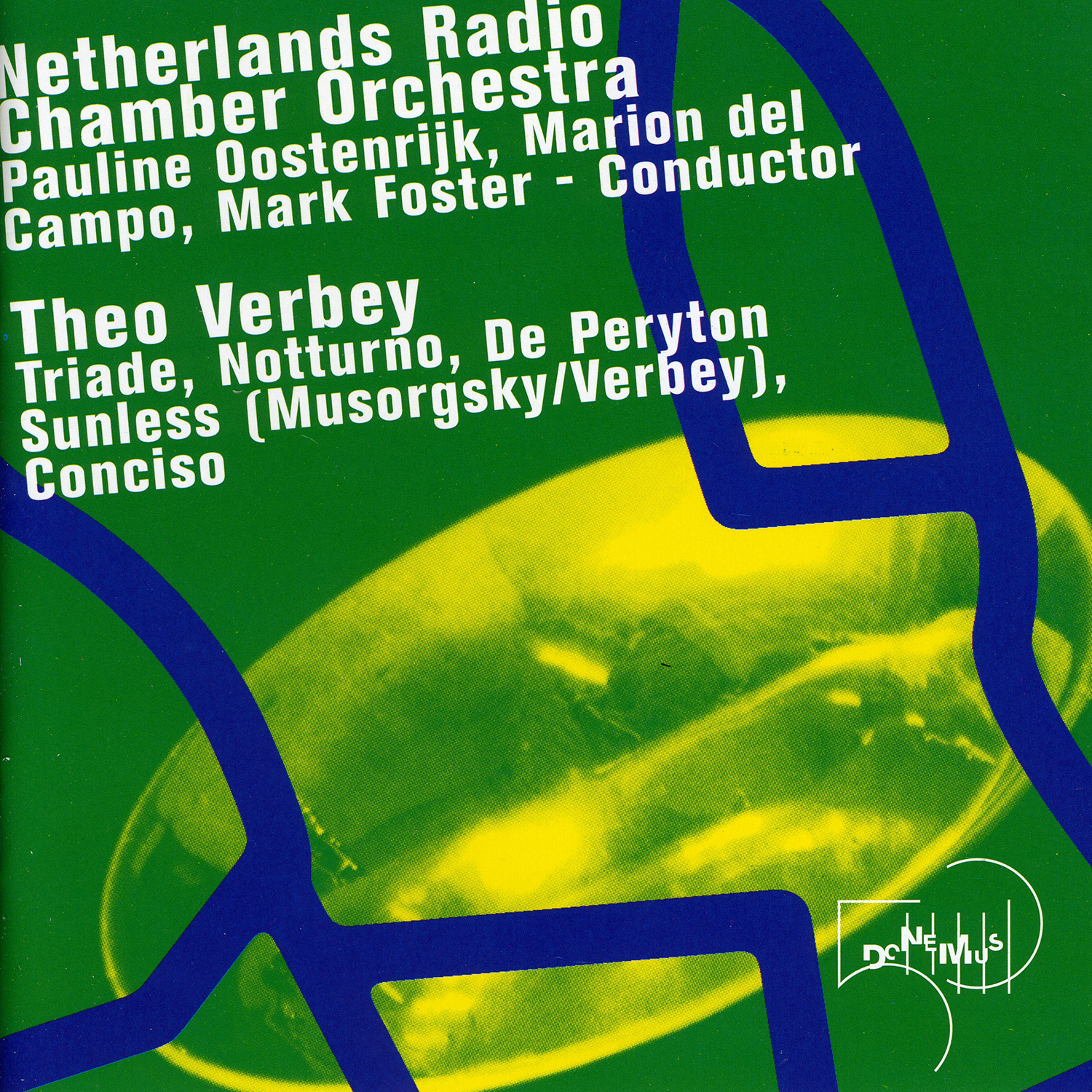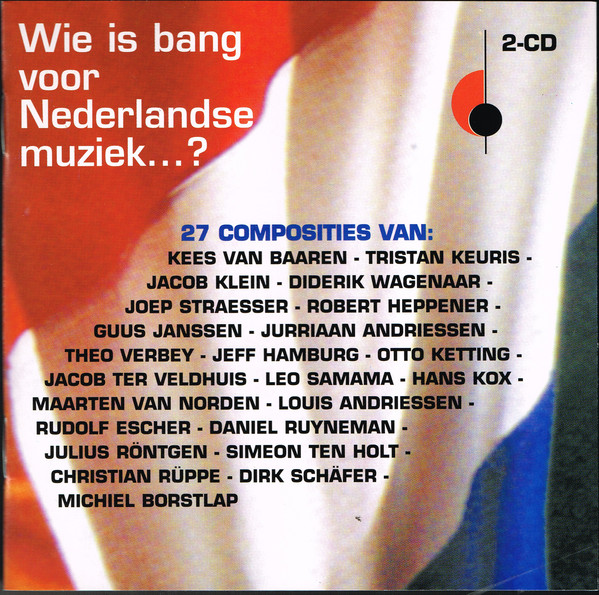Details
Duration:
9'
Instrumentation:
2020 2000 perc hp pf 4vl 2vla 2vc cb
Commissioned by:
The Performing Arts Fund NL (for the 1996 Holland Festival)
Dedicated to:
London Sinfonietta
Find on CD:
In Theo's Own Words
“Conciso (1995/1996) for large ensemble is a direct follow-up to such pieces as Notturno (1995) for solo oboe and 11 instruments, and Passamezzo (1994) for saxophone quartet. In these pieces, written since Triade (1991), I have continued my pursuit of a more consonant, simple musical language. I found many of my own general artistic principles beautifully expressed by Italo Calvino in his “Six Memos for the Next Millennium.” Calvino wrote his 1985 collection of five lectures for Harvard University (the sixth was never written), shortly before his death. The memos sum up his vision of universal values in literature. His “memos” are: 1. Lightness 2. Quickness 3. Exactitude 4. Visibility 5. Mulitplicity 6. Consistency. At a time when sound imposes itself more and more on us purely through quantity, I am looking for a music that tries to banish any association with the industrial noise of, in particular, transport vehicles. Detailed, vulnerable music that moves within clear boundaries, without too many pretensions. Above all, music that not only holds the attention because of the sound, but also because of “the story,” and which avoids any form of long-windedness. In short, music with characteristics that are more likely to be found in the French / Italian tradition of composition rather than in the German / Dutch. Conciso in its current form is a two-part piece in a slow-fast sequence with the length ratios of 4:5. Much of the structural idea behind the piece is taken from Beethoven’s Piano Sonata op.101, in which the 4 movements relate in time as 4:5:3:6. I used these proportions as a starting point for the temporal division when composing the work. For the harmony, I used the opening chord of Sonata No. 8 op. 66 by Scriabin as a point of departure. That chord is a 6-tone chord which I have placed opposite a second 6-tone chord, so that together, these two chords form a chromatic total. I previously used a similar technique in Expulsie (1988-1990) for large ensemble. In Conciso, I have for the first time made use of a semi-spatial arrangement of the ensemble. The ensemble is placed in its entirety at the front of the stage, but not in its usual set up. It is split into two groups of winds and strings, made up of eight and seven members respectively, positioned to the left and right. Harp, piano and percussion form a buffer between these two groups and sometimes function as a game changer.”
– Theo Verbey
In Concert
21 Feb 2010
Rotterdam Philharmonic Orchestra, Nézet-Séguin / Mullova / Brahms, Verbey, Bartók
Montréal, Québec
20 Feb 2010
Rotterdam Philharmonic Orchestra, Nézet-Séguin / Mullova / Brahms, Verbey, Bartók
Québec City, Québec
19 Feb 2010
Rotterdam Philharmonic Orchestra, Nézet-Séguin / Mullova / Brahms, Verbey, Bartók
New York, New York
- 1
- 2
Press Quotes
“Conciso,” a 10-minute piece for 18 players by the contemporary Dutch composer Theo Verbey, opened the concert’s second half with a bustle of fidgeting strings, driving rhythms and tart Stravinskian wind voicings.” – Steve Smith, NY Times, Feb. 21, 2010

